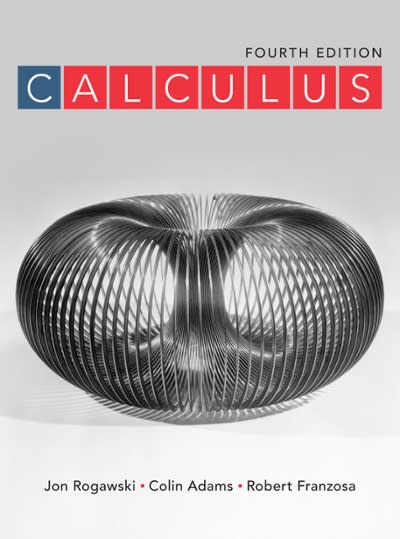A varying current i(t) flows through a long, straight wire in the xy-plane as in Example 5.
Question:
A varying current i(t) flows through a long, straight wire in the xy-plane as in Example 5. The current produces a magnetic field \(\mathbf{B}\) whose magnitude at a distance \(r\) from the wire is \(B=\frac{\mu_{0} i}{2 \pi r} T\), where \(\mu_{0}=4 \pi \cdot 10^{-7} \mathrm{~T}-\mathrm{m} /\) A. Furthermore, \(\mathbf{B}\) points into the page at points \(P\) in the xy-plane.
Assume that \(i(t)=t(12-t) \mathrm{A}(t\) in seconds \()\). Calculate the flux \(\Phi(t)\), at time \(t\), of \(\mathbf{B}\) through a rectangle of dimensions \(L \times H=3 \times 2 \mathrm{~m}\) whose top and bottom edges are parallel to the wire and whose bottom edge is located \(d=0.5 \mathrm{~m}\) above the wire, similar to Figure 13(B). Then use Faraday's Law to determine the voltage drop around the rectangular loop (the boundary of the rectangle) at time \(t\).
Step by Step Answer:






